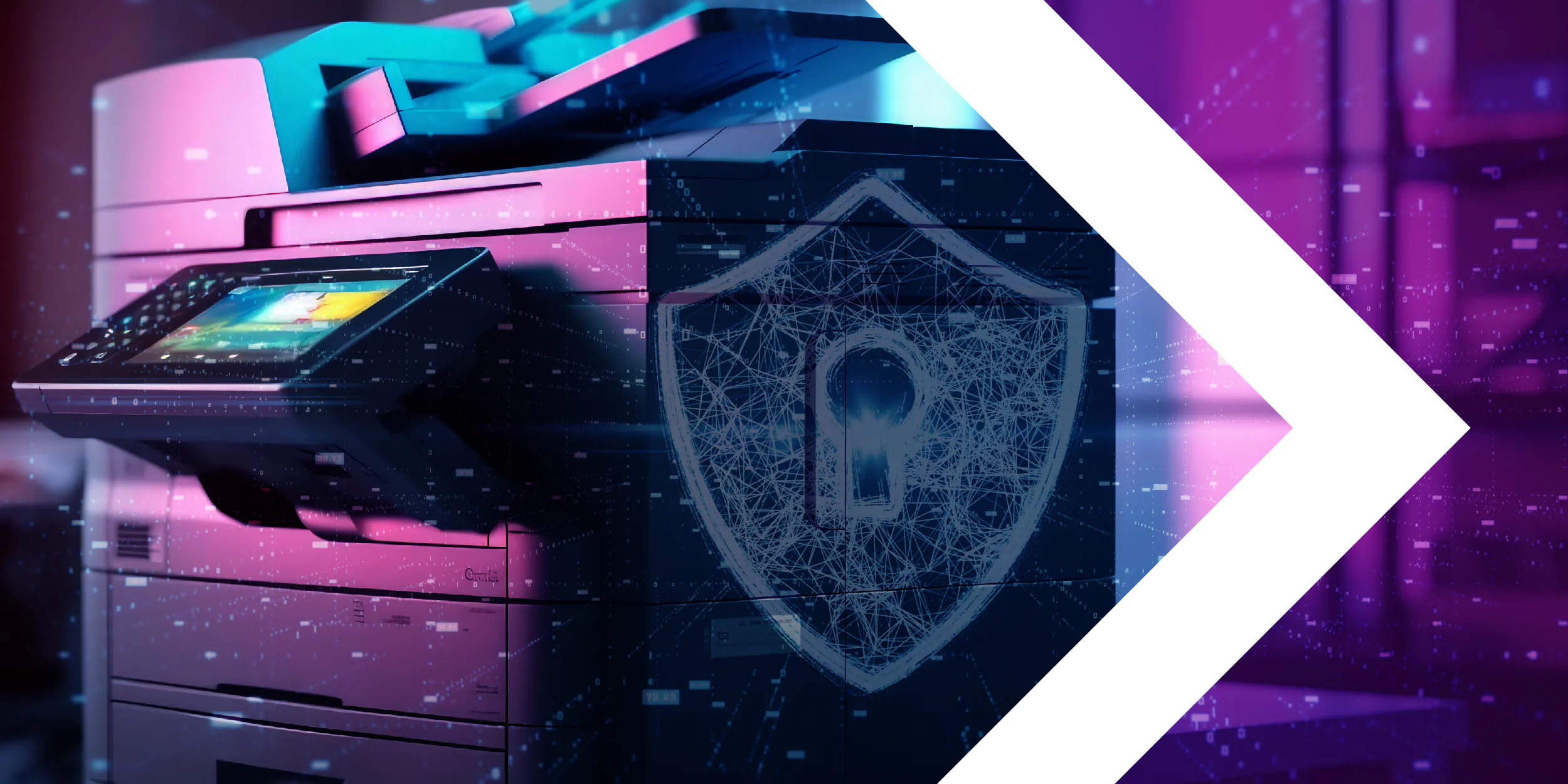Are Your Printers Secure? Understanding the Risks
When businesses think about cybersecurity, they often focus on firewalls, antivirus software, and endpoint security. However, one of the most overlooked vulnerabilities in a company’s IT infrastructure is a print security threat. Networked printers and multifunction devices (MFPs) are potential entry points for cyber threats, data leaks, and compliance violations.
In 2022, a study revealed that 68% of organizations experienced data loss due to unsecured printers. With the rise of remote work and hybrid offices, print security is no longer optional—it’s a necessity.
A Common Print Security Threat
1. Unauthorized Access to Print Jobs
Many offices use shared printers that store confidential print jobs in the queue. If these jobs are not released securely, anyone can pick up sensitive documents, potentially leading to data leaks.
2. Data Breaches via Printer Hard Drives
Modern printers store digital copies of documents on their internal hard drives. Without secure erase functions, attackers can retrieve old documents, including financial records, customer data, and confidential contracts.
3. PrintNightmare and Firmware Vulnerabilities
The PrintNightmare vulnerability exposed a critical flaw in the Windows Print Spooler service, allowing hackers to execute remote code. Without regular updates and security patches, printers remain an easy target for cybercriminals.
4. Unauthorized Configuration Changes
Attackers can manipulate printer settings through PJL Injection (Printer Job Language Injection), altering default permissions and accessing private networks.
5. Man-in-the-Middle Attacks (MITM)
Printers send documents over the network, making them susceptible to interception. Without TLS 1.3 encryption, confidential information can be stolen during transmission.
Best Practices for a Print Security Threat
1. Implement User Authentication for Print Jobs
Pull Printing requires users to authenticate before printing, ensuring only the correct person retrieves the document. Solutions like PIN codes, keycards, or biometric authentication enhance security.
2. Encrypt Print Data in Transit and at Rest
Use TLS 1.3 to secure print jobs while in transit and enable encrypted hard drives on printers to protect stored documents.
3. Regularly Patch Printer Firmware
Cybercriminals exploit outdated firmware. Ensure all printers support automatic updates and install security patches as soon as they are released.
4. Restrict Admin Access and Apply Least Privilege Principles
Limit who can change printer settings using role-based access control (RBAC). Admin rights should only be granted to essential personnel.
5. Disable Unused Ports and Services
Turn off features like FTP printing, SNMPv1, and unused network ports to reduce attack surfaces.
6. Use Secure Print Release Methods
Secure Print Spooler and Pull Printing prevent print jobs from being left unattended. Users must authenticate at the device before releasing their print.
7. Enable Print Job Logging and Monitoring
Deploy SIEM (Security Information and Event Management) tools to detect anomalies in printer usage. Unusual printing patterns could indicate insider threats or malware.
Print Security and Compliance: Are You Meeting Regulations?
Many industries have strict compliance requirements for data security, including:
- HIPAA (Healthcare): Ensures the confidentiality of patient records.
- GDPR (Europe): Requires secure handling of personal data, including printed documents.
- PCI DSS (Financial Transactions): Mandates protection of payment card information, including printed receipts.
Failing to secure your printing environment can lead to regulatory fines, legal liabilities, and repetitional damage.
How Doceo Can Help
At Doceo, we offer comprehensive Managed Print Services (MPS) that include security assessments, print security threat solutions, and automated firmware updates. Our team helps businesses reduce risks, improve compliance, and enhance efficiency.
Want to secure your print environment? Contact us at Doceo or call 888-757-6626.
Final Thoughts
Print security is an essential part of any organization’s cybersecurity strategy. By addressing vulnerabilities, implementing best practices, and working with experts like Doceo, businesses can protect their data, reduce risks, and maintain compliance.
Don’t let an unsecured printer become your company’s weakest link—secure it today!
